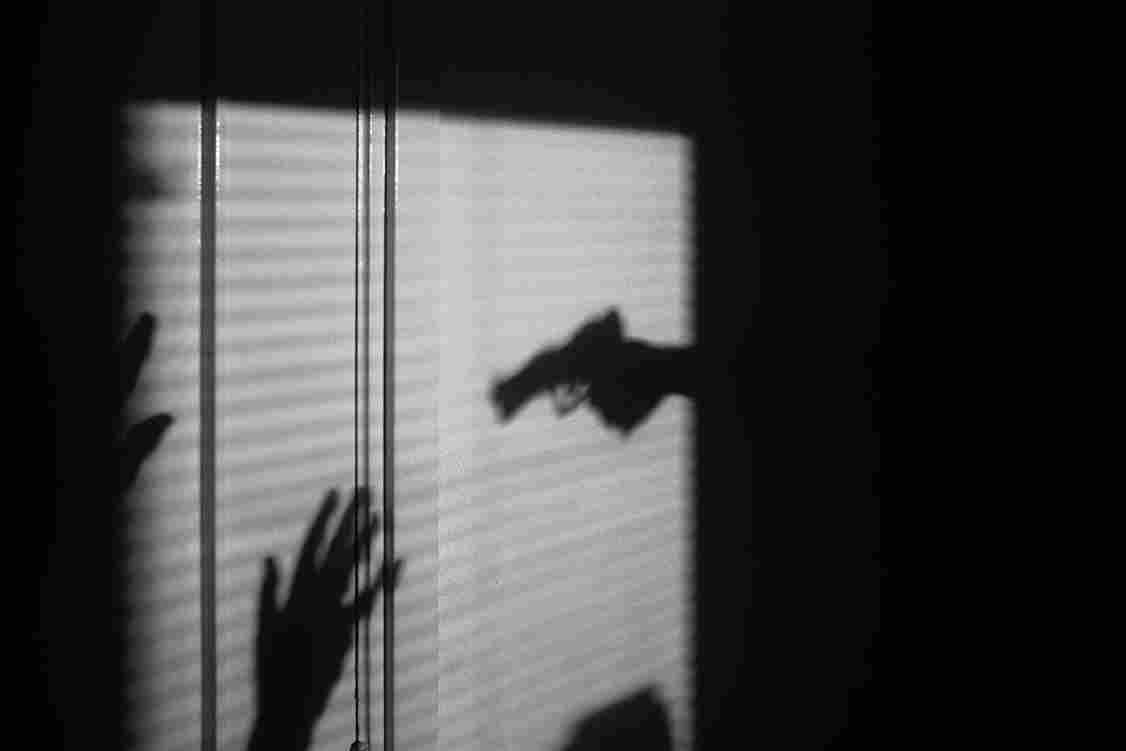Four men made headlines recently for chasing down a knife-wielding man in a crowded Sydney street and, armed only with milk crates and chairs, tackling him to the ground, disarming him and detaining him until police arrived. The male firefighters who leapt out of their firetruck in the busy traffic and joined the chase, wielding their axes, also received high-ranking accolades for their heroism. The NSW Police Commissioner described them as the “highest order of heroes”.
Not surprisingly, the media had a field day covering stories of the milk crate heroes. They all got a spot on morning TV to highlight their bravery, while elsewhere the press zeroed in on the male attacker, assuring a concerned public this was no terrorist act, but the lone act of a man with mental health issues.
But in all that media coverage you had to dig very deep to find even a mention of the primary victim, Michaela Dunn, who was fatally stabbed in the incident, and tragically died. Why?
We rightly decried the alleged perpetrator and celebrated the bravery of citizens who leapt into action to prevent any further tragedy that day. But is there not something slightly obscene in our focus on the attacker, and the courageous heroes who tackled him, when virtually no mention was made of the tragic female victim of the attack?
Michaela Dunn was reportedly a sex worker, which made her a victim who was always likely to be blamed. It’s a curious defence mechanism that somehow makes us feel safer, gives us a reason why bad things happened to her, and won’t happen to us. But Michaela was also a sister, a daughter and a friend. She was described by those who knew her as an incredible person, well-liked and a true delight to know. She will be missed by her family and mourned by her friends.
As a community, we should also mourn her, and reject the insidious notion she somehow played a role in her own death. Her occupation did not kill her. A man did. She is but another woman killed violently at the hands of a man she knew, adding to the long list of at least 33 other Australian women similarly slaughtered in the past 33 weeks.
When, earlier this year, 25-year-old homeless woman Courtney Herron was viciously bashed to death in a Melbourne park by a man she knew, the media gave us much detail about her mental health issues, her life on the streets, and her final moments sleeping rough in a park. Again, it made her tragedy seem like something that couldn’t possibly happen to me, or to you, or to anyone we were ever likely to know.
But when Courtney Herron was murdered, something quite powerful happened. A high-ranking police officer promptly came out and rightly declared the cause of her death as “men’s behaviour”. He did not blame her as the victim, or try to explain the crime by reference to her circumstances or her behaviour, or take the opportunity to educate women about how they could try to avoid being the next victim of violent male crime.
It was a crucial perspective to take. Because the cold truth is the only way we will ever stop male violence against women is to change men’s behaviour. And blaming the victim is wrong and utterly unhelpful in curbing a culture of violent behaviour.
Victim blaming only displaces the violence. If she hadn’t been a sex worker, if she hadn’t been in the park, if she hadn’t walked home alone, if she hadn’t been drinking that night, if she hadn’t worn that dress, if she hadn’t stayed in that violent relationship…then what? The perpetrator would simply have found another victim. To suggest that men who kill do so on a whim because female behaviour has provided them an opportunity is an absurd insult to all decent men.
Let us praise male heroes, but also mourn the loss of women violently killed by men. We should give those victims the respect they deserve, and let their families know we will not tolerate the violence they suffered.













